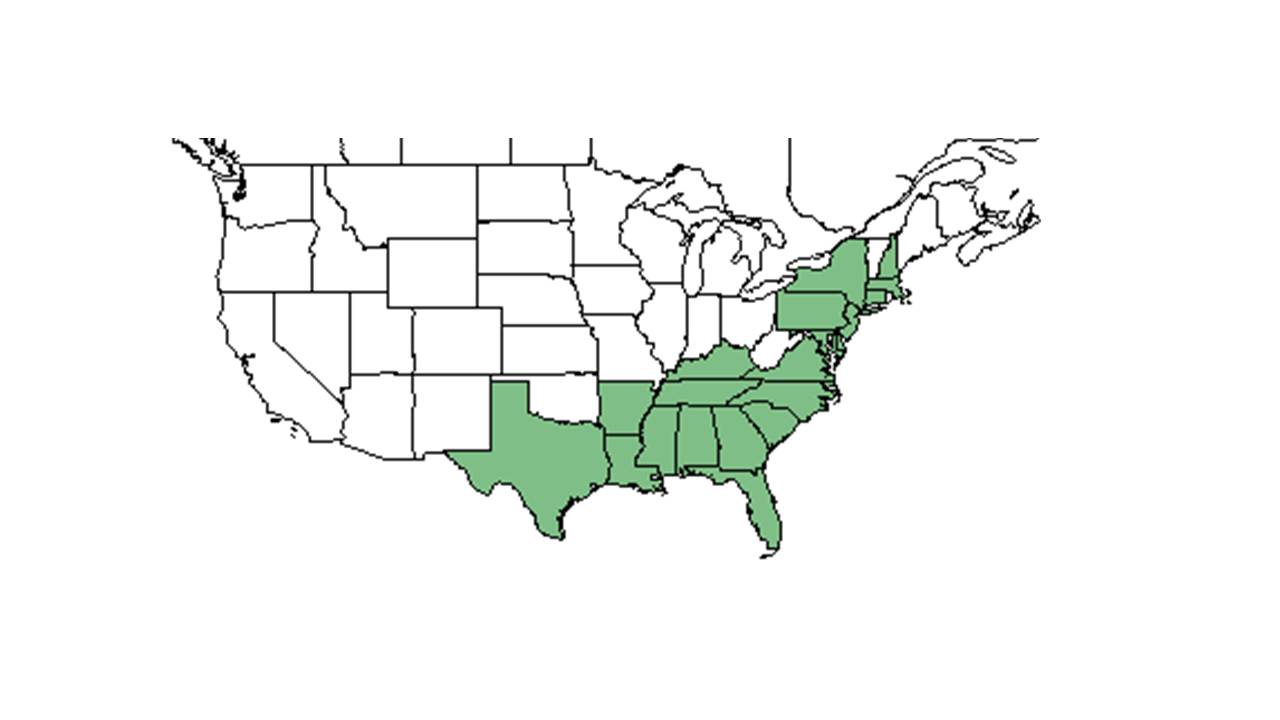Difference between revisions of "Platanthera cristata"
KatieMccoy (talk | contribs) |
KatieMccoy (talk | contribs) |
||
| Line 29: | Line 29: | ||
In the Coastal Plain in Florida, Georgia and North Carolina, ''P. cristata'' grows in annually burned longleaf pineland, poorly drained areas, terminus of river swamps, wet flatwoods, low wet open savannas, open wiregrass-longleaf pine woodlands, hillside bogs, shaded swamps, the base of cypress tress in a cypress-dome, along streams, boggy ditches, and mesic woodlands (FSU Herbarium). It is also found in moist roadside depressions, open undrained fields, and pipeline clearings. Associated species include ''Pinus palustris, Quercus'', titi, sweetgum, alder, maple, ''Cuphea aspera, Verbesina chapmanii, Rhynchospora oligantha, Scleria, Fuirena, Balduina, Myrica, Ilex, Sarracenia, Juncus polycephalus, Pinguicula ionantha, Aristida stricta, Sphagnum, Nyssa, Lyonia, Magnolia, Xyris, Rhexia, Clethra, Hypericum, Platanthera blephariglottis'' and Cypress (FSU Herbarium). | In the Coastal Plain in Florida, Georgia and North Carolina, ''P. cristata'' grows in annually burned longleaf pineland, poorly drained areas, terminus of river swamps, wet flatwoods, low wet open savannas, open wiregrass-longleaf pine woodlands, hillside bogs, shaded swamps, the base of cypress tress in a cypress-dome, along streams, boggy ditches, and mesic woodlands (FSU Herbarium). It is also found in moist roadside depressions, open undrained fields, and pipeline clearings. Associated species include ''Pinus palustris, Quercus'', titi, sweetgum, alder, maple, ''Cuphea aspera, Verbesina chapmanii, Rhynchospora oligantha, Scleria, Fuirena, Balduina, Myrica, Ilex, Sarracenia, Juncus polycephalus, Pinguicula ionantha, Aristida stricta, Sphagnum, Nyssa, Lyonia, Magnolia, Xyris, Rhexia, Clethra, Hypericum, Platanthera blephariglottis'' and Cypress (FSU Herbarium). | ||
| − | + | It grows in open to deeply shaded areas (FSU Herbarium). Soil types include moist sandy loam, peaty mucky soil, and loamy sand (FSU Herbarium). | |
===Phenology=== <!--Timing off flowering, fruiting, seed dispersal, and environmental triggers. Cite PanFlora website if appropriate: http://www.gilnelson.com/PanFlora/ --> | ===Phenology=== <!--Timing off flowering, fruiting, seed dispersal, and environmental triggers. Cite PanFlora website if appropriate: http://www.gilnelson.com/PanFlora/ --> | ||
Revision as of 13:04, 5 October 2015
| Platanthera cristata | |
|---|---|
Error creating thumbnail: Unable to save thumbnail to destination
| |
| Photo taken by Gil Nelson | |
| Scientific classification | |
| Kingdom: | Plantae |
| Division: | Magnoliophyta - Flowering plants |
| Class: | Liliopsida – Monocotyledons |
| Order: | Orchidales |
| Family: | Orchidaceae |
| Genus: | Platanthera |
| Species: | P. cristata |
| Binomial name | |
| Platanthera cristata (Michx.) Lindl. | |

| |
| Natural range of Platanthera cristata from USDA NRCS Plants Database. | |
Common name: crested yellow orchid
Contents
Taxonomic notes
Description
A description of Platanthera cristata is provided in The Flora of North America.
Distribution
Ecology
Habitat
In the Coastal Plain in Florida, Georgia and North Carolina, P. cristata grows in annually burned longleaf pineland, poorly drained areas, terminus of river swamps, wet flatwoods, low wet open savannas, open wiregrass-longleaf pine woodlands, hillside bogs, shaded swamps, the base of cypress tress in a cypress-dome, along streams, boggy ditches, and mesic woodlands (FSU Herbarium). It is also found in moist roadside depressions, open undrained fields, and pipeline clearings. Associated species include Pinus palustris, Quercus, titi, sweetgum, alder, maple, Cuphea aspera, Verbesina chapmanii, Rhynchospora oligantha, Scleria, Fuirena, Balduina, Myrica, Ilex, Sarracenia, Juncus polycephalus, Pinguicula ionantha, Aristida stricta, Sphagnum, Nyssa, Lyonia, Magnolia, Xyris, Rhexia, Clethra, Hypericum, Platanthera blephariglottis and Cypress (FSU Herbarium).
It grows in open to deeply shaded areas (FSU Herbarium). Soil types include moist sandy loam, peaty mucky soil, and loamy sand (FSU Herbarium).